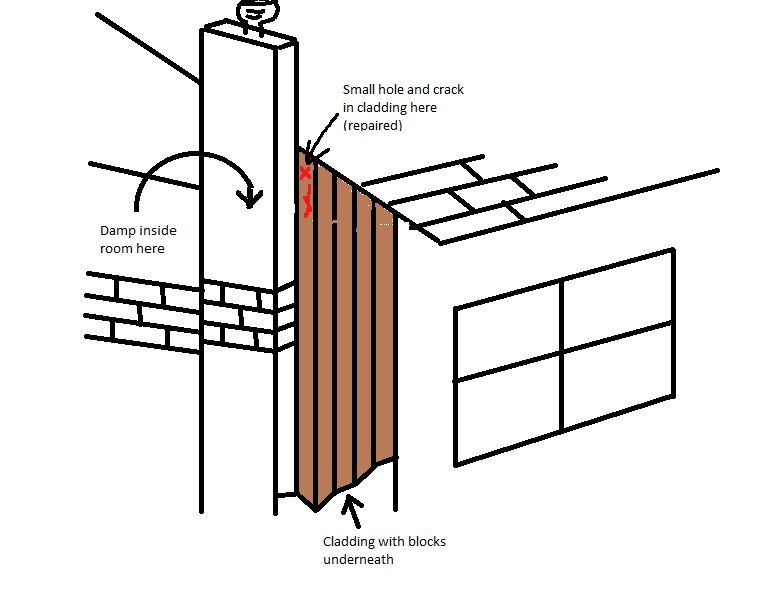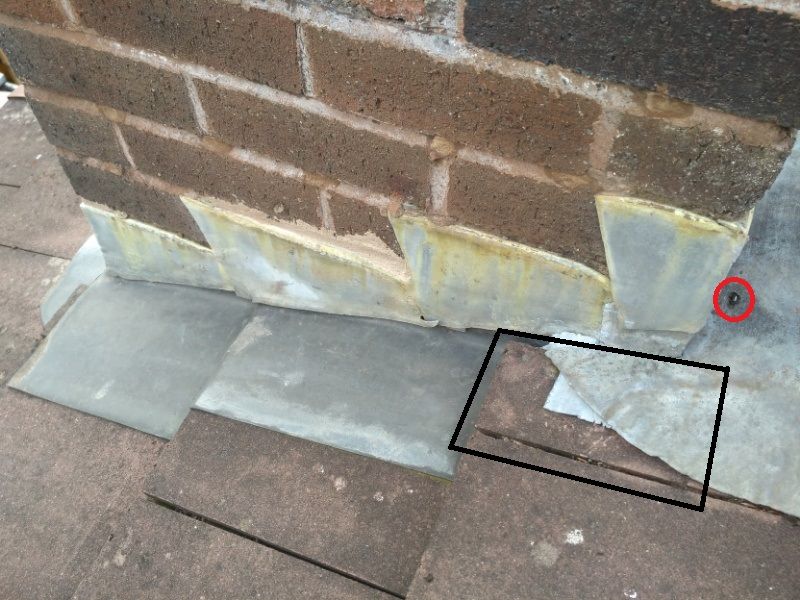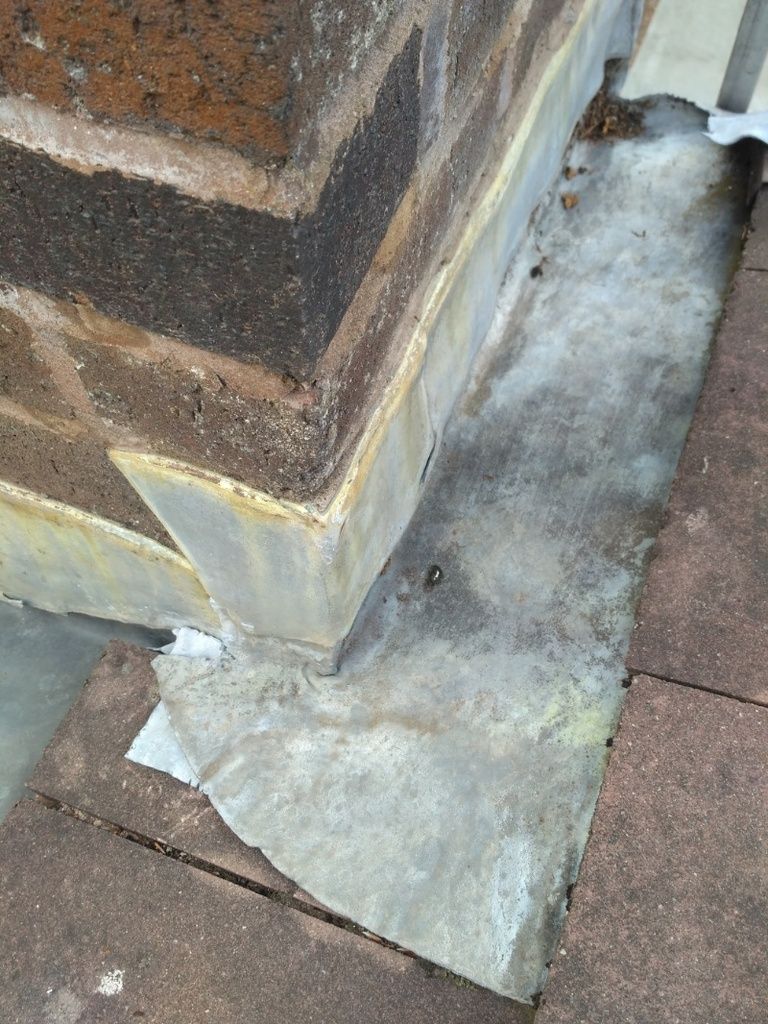gary-m
Member
Hi all - bit of a sage this one, or it's turning into one.
We moved in a year ago and had this in one of the bedrooms:
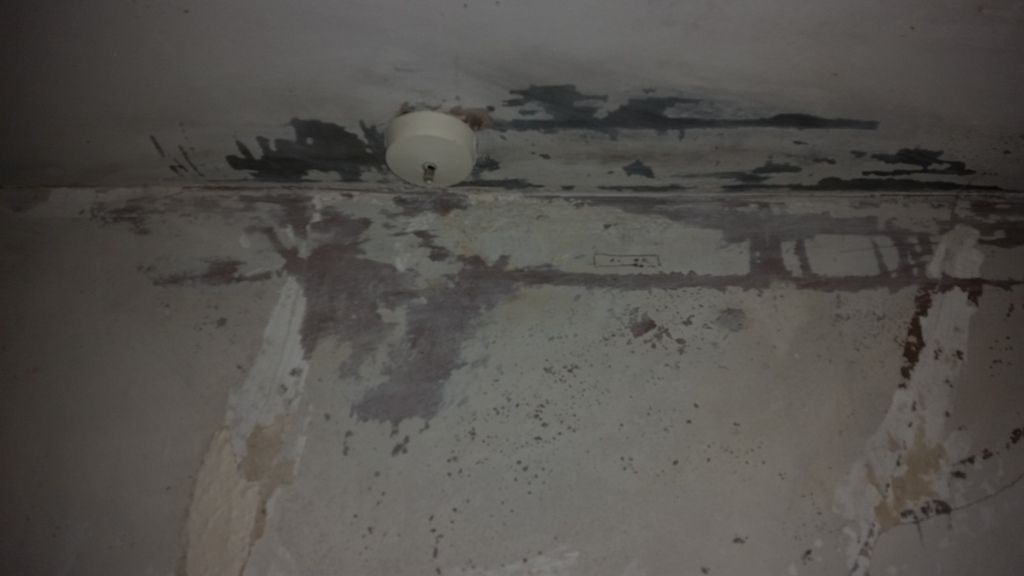
This patch is in line with a chimney stack which was used as a flue for a convection gas boiler (replaced May this year so chimney is now unused, cowel remains and open at the bottom). Initially, we assumed the damage was historic and been fixed although it didn't seem to be drying out.
I went on the roof and checked the flashing and also in the loft where directly above, the blocks were white with salt. Again, assumed old damage.
The flashing seems ok and also some of the pointing with some of the lead looked different so possibly confirmed this had been looked at (not ruling out a leak, mind).

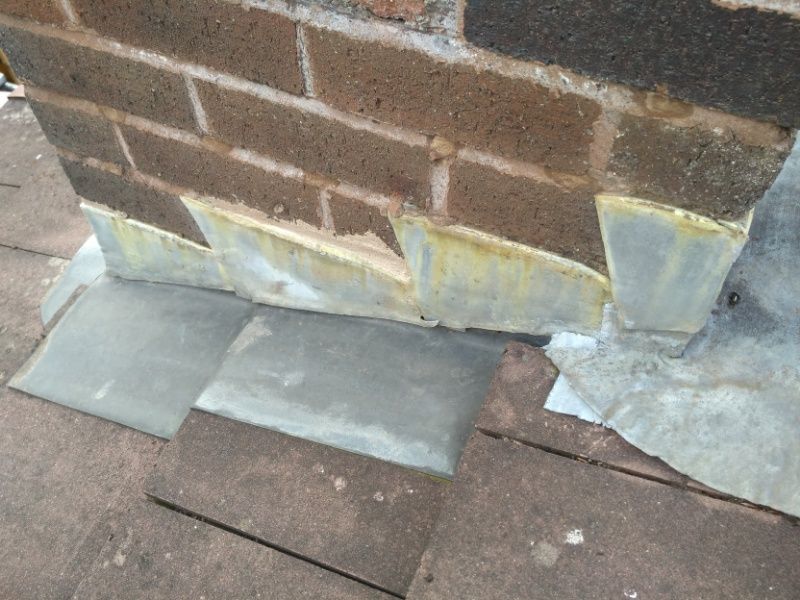
As you can see in the above, I've drilled (course above lead) and injected some dryzone, also painted with some weatherproof stuff just in case. This was Feb 2016.
The plaster still didn't seem to be drying out any (checking with meter) so got a dehumidifier which seemed to be working, to a point.
We got some plasterers in hoping for some pointers who skimmed the whole room for us. He did mention stripping off the plaster near this damage and using sand/cement but he said it didn't need it. I (wrongly) assumed he knew more than me about plaster but I gave him too much credit (as when I showed him my meter, it seemed like he'd never seen one before).
Anyway, the patch didn't dry out:
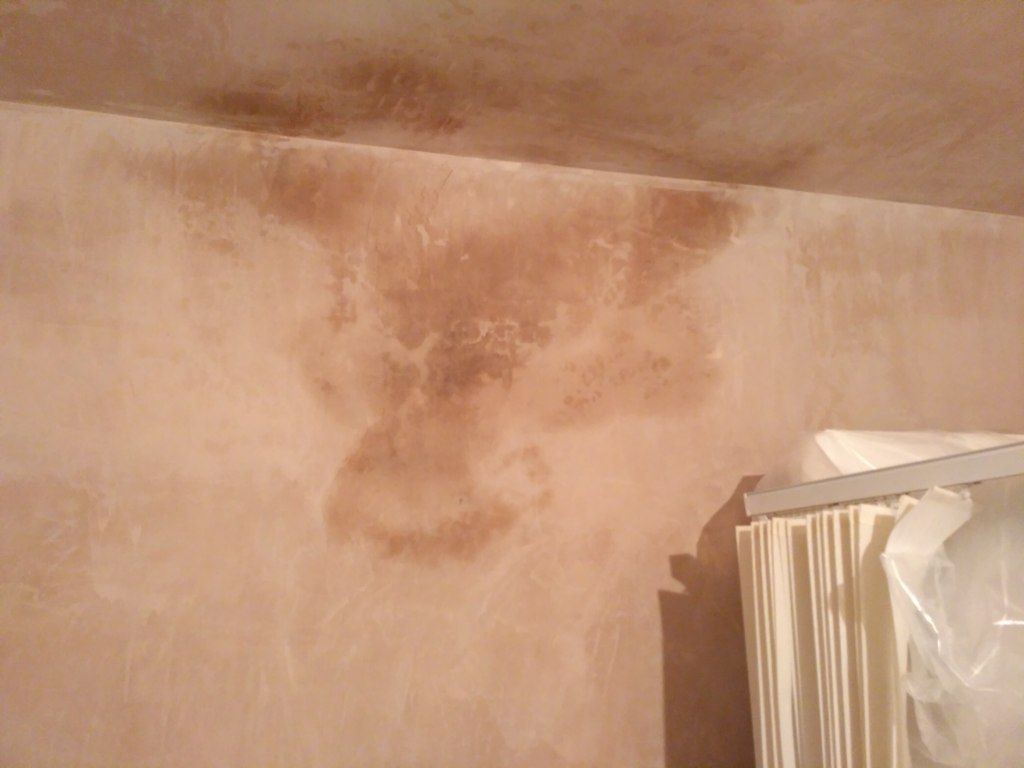
So I chopped it all away to see what was going on (rather than pull apart the chimney!).

To the left of the red pull rod, the blocks are 2 thick and have wooden cladding and I did find one of them had a crack and also a small hole. Not too big a gap to have caused this, but I've filled them anyway (around a week ago).
Today, I've pulled out another block and my meter shows the bricks on the chimney are slightly damp (showing about 19% on meter), but what is puzzling me is why the blocks above aren't damp , including those in the loft (if it is coming from the chimney soaking up and ineffective DPC)?
I read on this forum about cleaning up the salt which can absorb moisture and cause issue, so I've also done that today (stiff brushed and pasted some water/vinegar/washing up liquid solution)
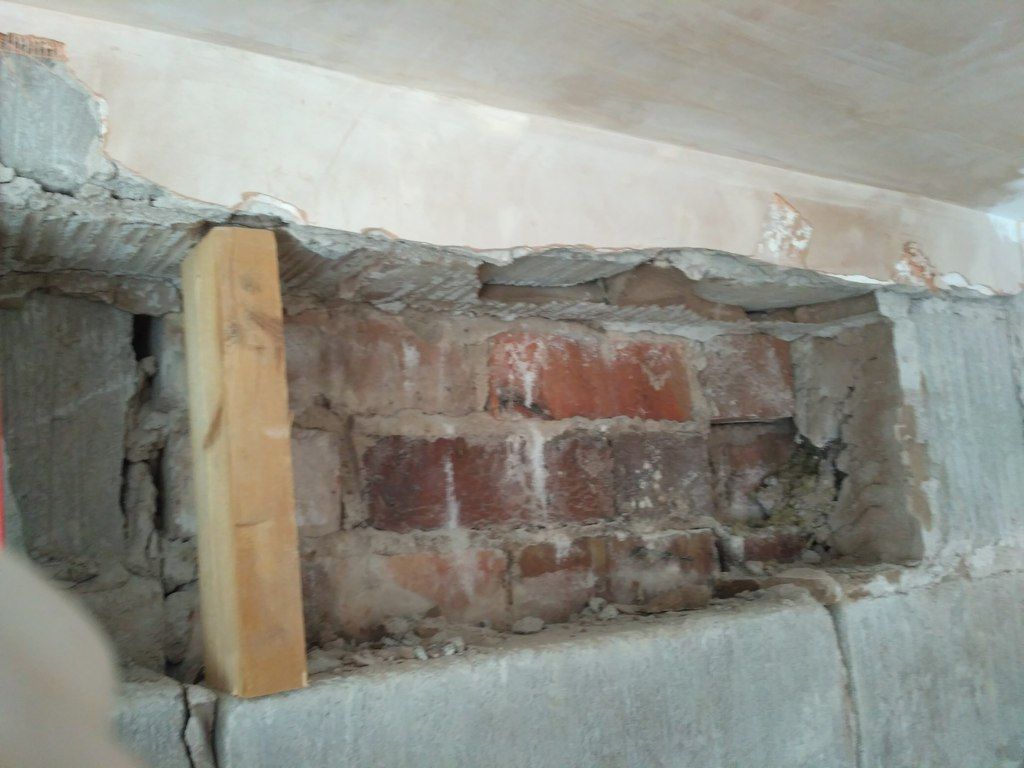
This is the current state of the wall - blocks to the left seem ok for damp and the bricks in the right seem to be the highest from the meter (2nd brick along right from the bit of wood - seems to be centre of the stack).
Aside from buying more DPC cream and better waterproofer for the bricks, I'm not sure what to do!
Appreciate any help (if you're still awake)...
Gary
We moved in a year ago and had this in one of the bedrooms:

This patch is in line with a chimney stack which was used as a flue for a convection gas boiler (replaced May this year so chimney is now unused, cowel remains and open at the bottom). Initially, we assumed the damage was historic and been fixed although it didn't seem to be drying out.
I went on the roof and checked the flashing and also in the loft where directly above, the blocks were white with salt. Again, assumed old damage.
The flashing seems ok and also some of the pointing with some of the lead looked different so possibly confirmed this had been looked at (not ruling out a leak, mind).


As you can see in the above, I've drilled (course above lead) and injected some dryzone, also painted with some weatherproof stuff just in case. This was Feb 2016.
The plaster still didn't seem to be drying out any (checking with meter) so got a dehumidifier which seemed to be working, to a point.
We got some plasterers in hoping for some pointers who skimmed the whole room for us. He did mention stripping off the plaster near this damage and using sand/cement but he said it didn't need it. I (wrongly) assumed he knew more than me about plaster but I gave him too much credit (as when I showed him my meter, it seemed like he'd never seen one before).
Anyway, the patch didn't dry out:

So I chopped it all away to see what was going on (rather than pull apart the chimney!).

To the left of the red pull rod, the blocks are 2 thick and have wooden cladding and I did find one of them had a crack and also a small hole. Not too big a gap to have caused this, but I've filled them anyway (around a week ago).
Today, I've pulled out another block and my meter shows the bricks on the chimney are slightly damp (showing about 19% on meter), but what is puzzling me is why the blocks above aren't damp , including those in the loft (if it is coming from the chimney soaking up and ineffective DPC)?
I read on this forum about cleaning up the salt which can absorb moisture and cause issue, so I've also done that today (stiff brushed and pasted some water/vinegar/washing up liquid solution)

This is the current state of the wall - blocks to the left seem ok for damp and the bricks in the right seem to be the highest from the meter (2nd brick along right from the bit of wood - seems to be centre of the stack).
Aside from buying more DPC cream and better waterproofer for the bricks, I'm not sure what to do!
Appreciate any help (if you're still awake)...
Gary

